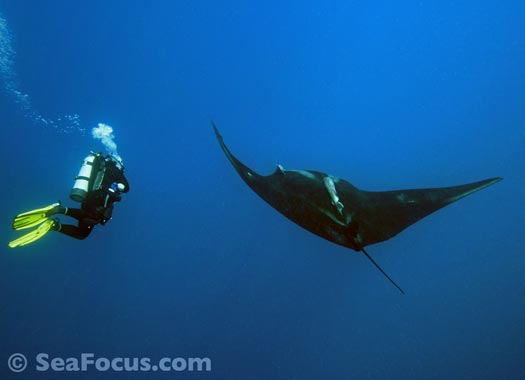
alfredi populations, and that frequency differences across populations of both species are a consequence of neutral genetic processes. Our results suggest that melanism is not under selection by predation in the tested M. We found a significant association between phenotypic and geographical distance in M. While there were large differences in melanism frequencies among populations of both species (0–40.70%), apparent survival estimates revealed no difference in survivorship between colour morphs. alfredi populations and assess the relationship between frequency variation and geographical distance. We use mark–recapture modelling to compare survivorship of typical and melanistic colour morphs in three M. Here, we use long-term photo identification catalogues to document the frequency variation of melanism across Indo-Pacific manta ray populations and test for evidence of selection by predation acting on colour morph variants.

Arguably, the most prominent example of melanism in marine species occurs in manta rays ( Mobula birostris and Mobula alfredi).

Intraspecific colour polymorphisms have been the focus of numerous studies, yet processes affecting melanism in the marine environment remain poorly understood.


 0 kommentar(er)
0 kommentar(er)
